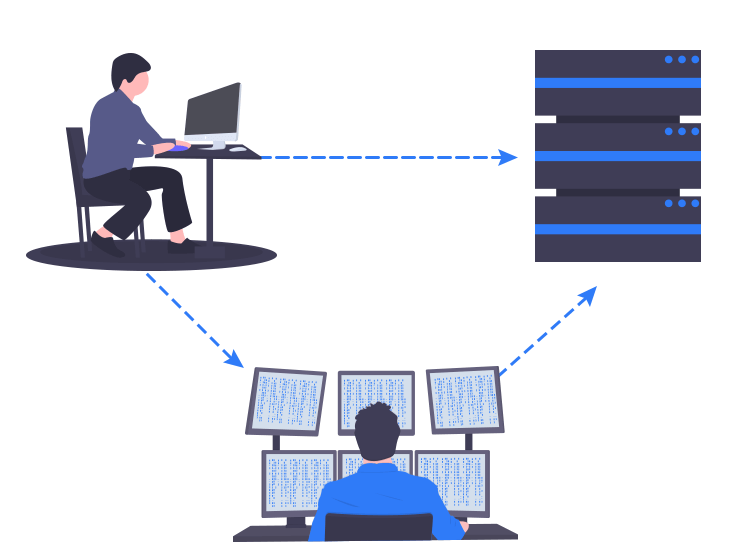
A Replay Attack is categorized as a network-based security hack and it is built on interception and re-transmission of data. Its main aim is to get system access along with the data stored and transmitted from it.
What Do You Mean By A Replay Attack?
A Replay attack is used by hackers to send packets of data as if they own it. In this, the hackers search for a secured network connection, intercepts, and then re-transmits its data to trick people.
Usually, such kinds of attacks are used to steal private data and confidential information like credit card details, bank account credentials, and much more. But that’s not the end, it can go even worse. Let’s understand it with an example.
- You are the payroll clerk of an organization and want to send a refund to the employees.
- You ask for the bank details of the employees from the accounts department which share the necessary information via email. (Unaware of a Replay attack taking place at the backend)
- A hacker carrying out such an attack will intercept the organization network here and hack the conversation between the payroll clerk and the accounts department.
- He then intercepts the data and re-transmits an authentic-looking data to the accounts department.
- In the entire procedure, the hackers got easy access to the sensitive data of the employees which are not available otherwise.
Tips to Prevent a Replay Attack
- The best way to prevent and stop the execution of these attacks is by using a strong encryption method. In this technique, the sender sends the message along with an encrypted key which has to be decoded by the receiver to open the message.
- The use of one-time passwords can also be another preventive measure. In this, a one-time password is given to the receiver to open the message. These passwords are time-bound and process bound. This ensures that the data is accessed only by the communicating parties. Mostly used by banking organizations.
- Digital signatures with Timestamps are another possible way to prevent a Replay attack.

